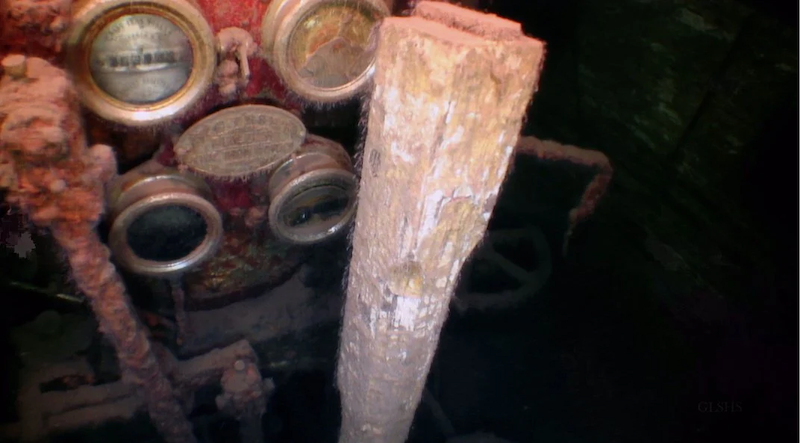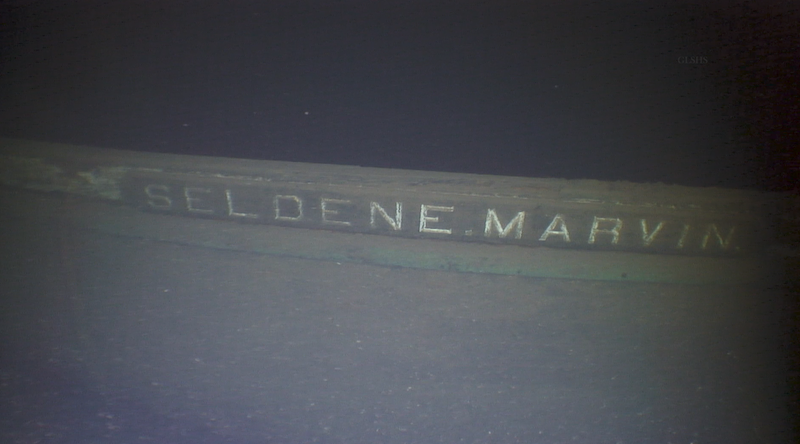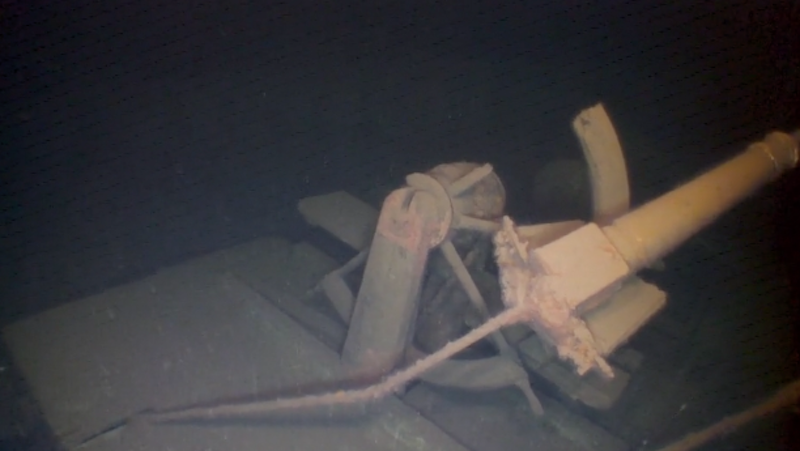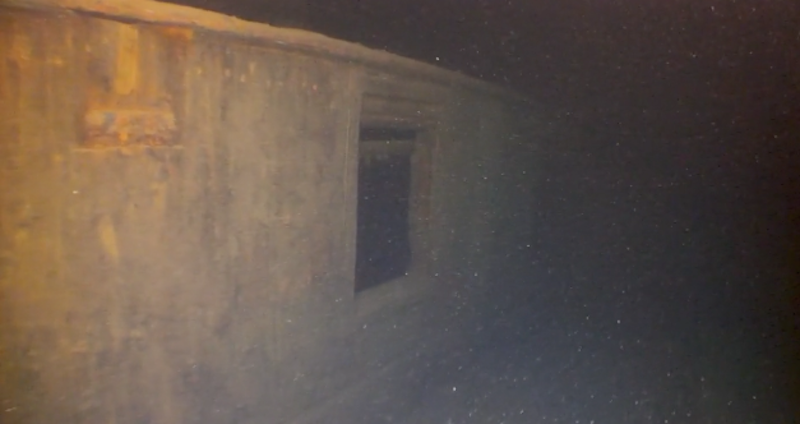Two 100-Year-Old Shipwrecks Found in Lake Superior

On November 18, 1914, three ships transporting lumber across Lake Superior encountered a fierce storm. Amid heavy snowfall, strong winds and massive waves, the vessels—the steamship C.F. Curtis, which was towing the schooner barges Selden E. Marvin and Annie M. Peterson—sank to the bottom of the lakebed, taking the lives of all 28 crew members.
Now, researchers with the Great Lakes Shipwreck Historical Society say they’ve located two of the doomed vessels, the Curtis and the Marvin. The Peterson’s location is still a mystery.
The discoveries are “helping piece the puzzle together of what happened to these 28 people,” says Corey Adkins, a spokesperson for the historical society, to Kathleen Foody of the Associated Press (AP). “It’s been 109 years, but maybe there are still some family members that want to know what happened,” he adds. “We’re able to start answering those questions.”
Staff and volunteers with the historical society, which also operates a shipwreck museum in Whitefish Point, Michigan, spend each summer using sonar to scour the bottom of Lake Superior for the remnants of sunken ships. In 2021, they identified the Curtis, along with eight other shipwrecks. And while they were excited about this discovery, they still wondered about the whereabouts of the two other vessels that went down on that fateful November day.
Last summer, “after a lot of work and a hint of luck,” they finally came across the Marvin, according to a statement this month announcing the find. It was situated just a few miles away from the Curtis’ watery resting place.
Both wrecks were about 20 miles from the shores of Grand Marais, Michigan, in deep water: The Curtis was located about 500 feet below the surface, while the Marvin was 600 feet deep, reports Minnesota Public Radio’s Tim Nelson. At those depths, Lake Superior’s chilly waters are cold enough to fend off aquatic plants and animals. Even after a century underwater, the ships are still well-preserved.
Both vessels sank farther from land than the researchers had anticipated, and they also showed unexpected signs of damage that suggest they may have collided, per the AP. Using a remotely operated vehicle, the team captured photos and videos of the remnants, including lumber, equipment and, possibly, some clothing.



The Edward Hines Lumber Company, today known as Hines Supply, owned all three ships, which were traveling from Baraga, Michigan, to Tonawanda, New York. When they went down in the storm, the large company lost nearly a quarter of its fleet.
While researchers still haven’t been able to locate the Peterson, the discovery of the other two ships “solved a chapter in the nation’s darkest day in lumber history,” says Ric Mixter, a maritime historian and member of the historical society’s board, in the statement. The finds also help ensure the stories of these and other shipwrecks “aren’t forgotten,” Mixter adds.
But the search for the Peterson isn’t over just yet. The society plans to keep looking for the schooner barge in hopes of fully unraveling “one of Lake Superior’s enduring mysteries,” says Bruce Lynn, the society’s executive director, in the statement. In particular, the team will be taking a closer look at three “unconfirmed sonar hits” they got during past lakebed surveys, per Minnesota Public Radio.
These shipwrecks are just the latest of many to be discovered in the Great Lakes, which thousands of vessels crossed carrying lumber, coal, iron and other valuable materials during the Industrial Revolution and beyond. In the late 19th and early 20th centuries, ships often succumbed to stormy weather or even collided with each other, often because they didn’t have sufficient tools to communicate with each other (marine radio was first introduced in 1899). The 32,000-square-mile Lake Superior—the largest of the Great Lakes, as well as the world’s largest freshwater lake by surface area—was particularly treacherous.
All told, more than 6,000 vessels have sunk in the Great Lakes, causing an estimated 30,000 deaths. One of the best-known is the Edmund Fitzgerald, which sank in 1975. It became a household name because of singer-songwriter Gordon Lightfoot’s popular song, “The Wreck of the Edmund Fitzgerald,” which he recorded in 1976.
Recent wrecks located by the Great Lakes Shipwreck Society include Barge 129, a rare “whaleback” ship that disappeared in 1902, and the Atlanta, a schooner barge that went down in 1891.
Source: Sarah Kuta /smithsonianmag.com
